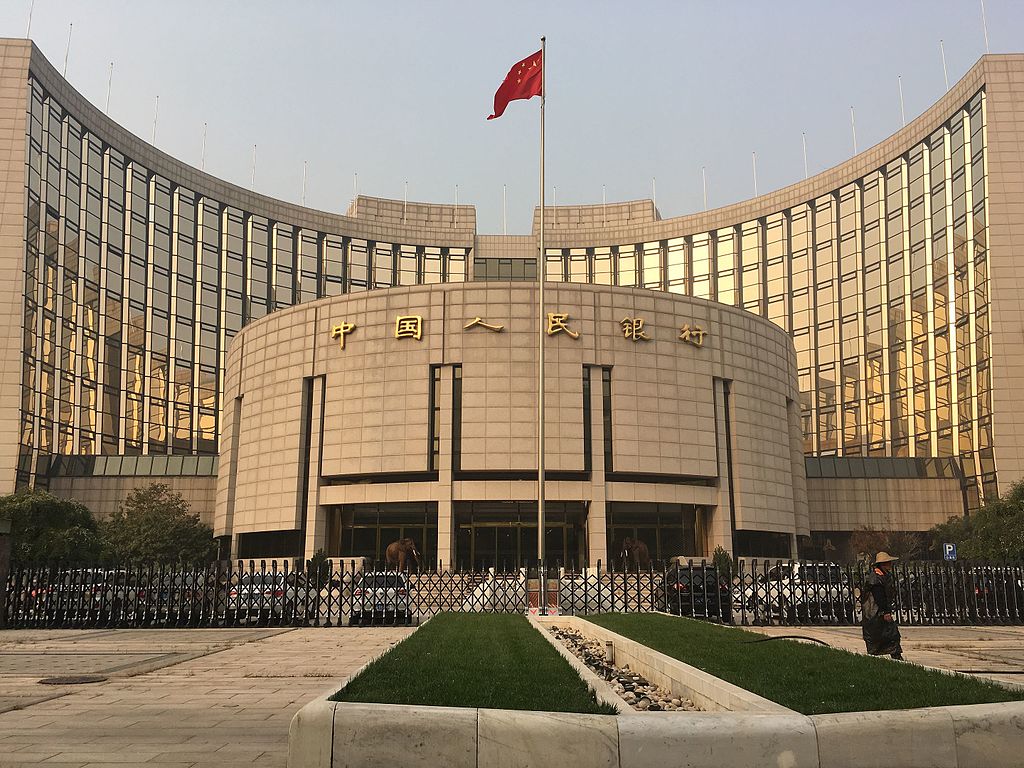
Amidst the turbulence and uncertainty of President Trump’s stance on trade, Premier Li Keqiang’s recent work report to the National People’s Congress contained a message of continuity on economic policy. He also set targets of “around 6.5%” for growth, together with a budget deficit of 2.6% of GDP, down from 3% last year.
A skeptical commentator might understandably criticize Li’s speech from two, opposing angles: It was too specific. And it was too general. In fact, it helped set the stage for another year’s effort on tackling China’s challenges.
First – too specific. Year after year, China’s officially-announced GDP growth rate has moved in a narrow band from 7.3% in 2014, 6.9% in 2015, 6.7% in 2016 and 6.9%t in 2017. 6.5% in 2018, anyone?
Yet has growth really been so stable? Other measures of economic activity such as energy consumption have moved much more dramatically. With the growth of the internet and services, there have been significant changes in sectoral mix and relative prices. Regions such as Liaoning and Inner Mongolia have announced double-digit downward revisions to GDP, admitting previous falsification of data. Such swings make the overall stability of official numbers suspect.
In any reporting system, there are incentives to game the system and demonstrate targets have been met or exceeded. This is especially true when performance has a big influence on individual careers. But, economic activity everywhere is dynamic and messy. It is especially hard to track when it’s growing and shifting as rapidly as it is in China. Statisticians are wise to the games and make their own efforts to improve data accuracy.
It is not just overseas analysts who spot the limitations in reported data. Li Keqiang, in his time as Liaoning Party Secretary, himself declared Chinese GDP figures to be “man-made” and looked instead at numbers such as electricity consumption and freight transport. We need to bear in mind this “open secret” about data accuracy when interpreting announcements on growth targets.
Second – the work report was too general. The 36-page work report lists nine key policy goals. Many are general in their wording and repeat familiar themes from the past ten years: “Actively increasing consumption and promoting effective investment” to choose but one. Li sees three critical battles to be fought: Defusing major risks; poverty alleviation; and addressing pollution. What’s new here and where’s the beef?
And yet, rather than being too specific and too general, Li’s statements can be better viewed as combining substance on the continuity of reform with signals that create the space to tackle key issues.
Substance first. Reporters by their nature look for what is ‘new’ to make the news. On the contrary, in steering a major economy such as China, constancy of direction is more valuable. The list of China’s challenges remains remarkably consistent— this should not be a surprise. It results from the nature and scale of these challenges: there are few quick fixes to air pollution, putting in place a comprehensive pensions system or reducing China’s dependence on debt-funded real estate investment. While in some areas, reform and change might have been faster and more effective, that is not really why the challenges remain relevant.
It makes sense therefore for Li’s top three priorities to demonstrate continuity on substance. First, stepping up supply-side structural reform – in particular, reducing overcapacity in key areas. Second, moving faster to make China a country of innovators and, third, deepening reform in the areas of state-owned enterprises, private enterprise, property rights, the fiscal system, the financial sector, pensions and healthcare and environmental protection. And given the number and breadth of issues, the full work report does a reasonable job of listing key actions.
The key to success is not more detail here, but persistent implementation across China. To this end, President Xi is emphasizing the leading role of the Party and changes in government structure. The new National Supervision Commission will address both issues of corruption and lack of compliance or perceived resistance. Once implemented, the consolidation of various ministries and regulators will reduce overlaps and improve accountabilities.
Implementing change takes time: there are adjustment costs before benefits come through. New institutions need time to get up and running if change is real. Cutting steel capacity or shuttering industrial activity to reduce pollution hurts growth. Yet the Party leadership has always been reluctant to accept a significant growth slowdown, whatever the longer-term benefits. A perceived failure to deliver on economic growth could risk undermining either individual leaders or the Party itself.
This is where the signals come in. The clear downward trend in GDP targets signals the acceptance of lower growth now in exchange for tackling risks and challenges. The small reduction from 6.9% to 6.5% helps ward off criticism that the leadership is failing to deliver economic performance. This signal gets through regardless of questions on data accuracy. Li also dropped the aspiration for growth to be “higher if possible” that he voiced in 2017: incremental effort should not go on pushing for ever higher GDP, but should have other priorities.
Li talked too of managing risks. The Chinese leadership is all too aware of the risks facing the economy. Former Finance Minister, Lou Jiwei, has described the financial sector as
“severely distorted” and “messy,” adding that the “likelihood of China generating systematic financial risks is pretty big.” Actions on shadow banking and major individual cases such as Anbang, the insurer, will tend to reduce growth. The government needs to have room to take this on, rather than have provinces scrabbling for the last bit of growth. Other risks, the unknown unknowns, always remain, by definition, unknown until they emerge.
While the focus is primarily domestic, there are also external risks – the largest being a trade war with the United States. Since 2012, trade has made a limited net contribution to growth, although it did contribute a tenth of China’s growth in 2017. This stable picture would however change rapidly in the face of meaningful trade restrictions from the United States. Chinese leaders would be reluctant to offset contractionary pressures from abroad with domestic stimulus in the way they did in 2008. Again, having some leeway on growth is prudent.
Too often, analysis of China underestimates how aware China’s leaders are of the challenges they face and fails to place announcements in the right context. Li’s NPC work report is another sign that the leadership is indeed well-aware and is giving itself the space to tackle these challenges and to steadily make progress on the substance of reform.



